Table of Contents
Is Butter Vegan?
Butter is not considered vegan, as it contains dairy and is a byproduct of cow’s milk that has been churned to separate the fat compounds.
Non-Vegan Ingredients or Processes
Butter is made primarily from cream, which is a dairy product, making it inherently non-vegan. However, some processes and ingredients in commercial butter may involve the use of additional non-vegan elements, such as casein and whey.
Controversies or Gray Areas within the Vegan Community
Butter has been a topic that has sparked some controversies, and various gray areas within the vegan community. A vegan diet strictly adheres to the principle of not consuming any animal products, including butter. However, there have been different perspectives and debates surrounding certain aspects of its use. These controversies focus mainly on ethical concerns, health implications, and the availability of plant-based butter.
From an ethical standpoint, most vegans contend that butter production involves the exploitation of animals, as it is derived from the milk of cows. The dairy industry often faces criticism for its treatment of cows, such as limited living spaces, the separation of calves from their mothers and forced insemination of cows to maintain milk production.
Moreover, health implications contribute to the debates surrounding butter in the vegan community. Dairy butter contains high levels of saturated fat and cholesterol, which are linked to higher risks of heart disease and an increase in cholesterol levels. However, recent research has medical experts re-evaluating their previous stance on the effects of saturated fat and butter on cholesterol and heart health.
Vegan-Friendly Alternatives and Variations
These days, there are numerous vegan-friendly alternatives and variations to vegan butter available in grocery stores that cater to different tastes and preferences. Some common ingredients used in the production of vegan butter include plant-based oils, such as coconut oil, olive oil, sunflower oil, and avocado oil. These oils are known to provide vegan butter with a buttery texture.
Another popular alternative is nut-based butter. Some examples would be almond or cashew butter, both of which provide a rich and creamy texture. Nut-based butter can be used as spreads or in baking and cooking, just like the real thing.
For those with nut allergies, there exists soy-based butter. These butters often contain soybean oil or tofu as their primary ingredient, and provide a consistency and taste akin to regular butter.
Store-Bought Alternatives
Recently, vegan butters have made their way into grocery stores, making them accessible to vegans who want to enjoy the taste of butter without ethical concerns. In this section, we list some notable vegan butter brands:
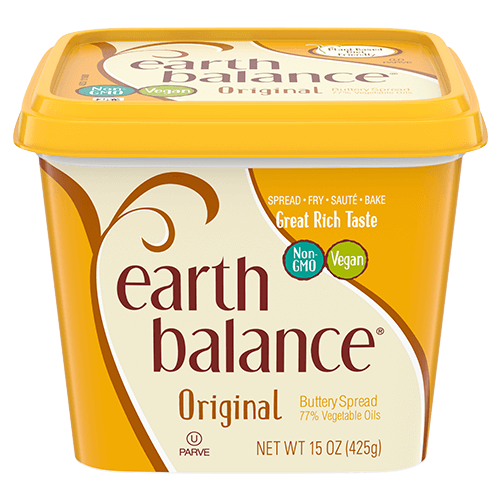
Earth Balance®
Earth Balance® is a renowned brand offering an extensive selection of vegan buttery spreads and sticks suitable for various purposes like cooking, baking, and spreading. They produce their products using a blend of oils, such as palm fruit, canola, soybean, flax, and olive oil. Earth Balance features options like original, soy-free, and organic whipped spreads, as well as baking sticks.

Miyoko’s Creamery®
Miyoko’s Creamery® vegan butter is crafted from cultured cashews, which gives it a rich and tangy flavor akin to European-style butter. The ingredients consist of organic coconut oil, organic cashews, filtered water, organic sunflower oil, organic sunflower lecithin, sea salt, and cultures. This vegan butter is appropriate for baking, cooking, and spreading.

Nutiva®:
Nutiva® offers a vegan butter alternative made from organic coconut oil, infused with a buttery flavor derived from non-GMO, plant-based sources. The ingredients feature organic coconut oil, organic vegan buttery flavor, and a special red sustainable palm oil for natural color. This vegan butter substitute is suitable for cooking, baking, or spreading on toast.
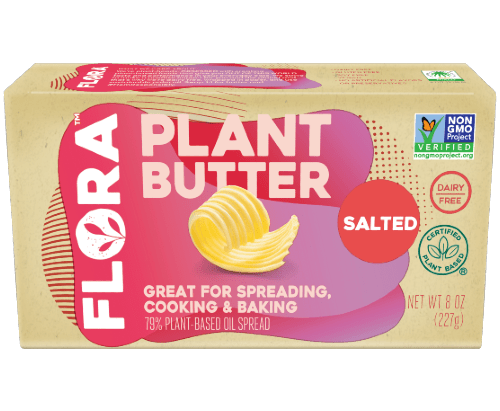
Flora Plant Butter™
Flora offers vegan butter sticks and spreads made with sustainably sourced plant-based oils. Their main ingredients include palm kernel oil, palm oil, water, sunflower oil, soy lecithin, lactic acid (vegan), and natural flavors. Flora Plant Butter is suitable for various applications, such as baking, cooking, sautéing, and spreading.

WayFare
WayFare’s vegan butter is made with a base of organic lima beans, along with oils such as coconut and safflower. The ingredients include water, organic lima bean puree, coconut and safflower oil, sunflower oil, organic sunflower lecithin, sea salt, lactic acid, and natural flavor. This plant-based butter is suitable for spreading on toast, bagels, or other bread products.
Remember that checking product packaging and ingredients is essential, since recipes can change over time.
Tips for Identifying Vegan-Friendly Options
When shopping for vegan butter, it is important to check and consider the following:
Labels:
Check the labels of the product, specifically labels highlighting the product is “vegan” or “dairy-free.”
Check the ingredients list:
Ensure the product is free from dairy and animal products. Look for plant-based oils with primary ingredients, such as coconut oil, olive oil, or avocado oil. Be aware that many companies use palm oil in their vegan butters–you can decide if these are suitable for your dietary preferences!
Flavor and consistency:
Vegan butter comes in various flavors and consistency that can range from whipped to spreadable. Keep your preferences and intended use in mind when choosing a product.
Nutritional content:
Examine the nutritional label to better understand the product’s fat, calories, and sodium content. Keep in mind that some vegan butters may be healthier than others, so it is important to choose one that aligns with your dietary preferences.
Allergen considerations:
For those with allergies or dietary restrictions, examine the label to find allergen information. Be aware that some vegan butters may include soy, nuts, or other typical allergens.
Taking these factors into account, you can discover a vegan butter that meets your taste preferences and dietary requirements.
Homemade Versions
Ingredient Swaps
When selecting butter substitutes, consider the desired flavor, texture, and nutritional content of the dish to find the right plant-based alternative.
Several plant-based alternatives can easily replace traditional butter in recipes and cooking.
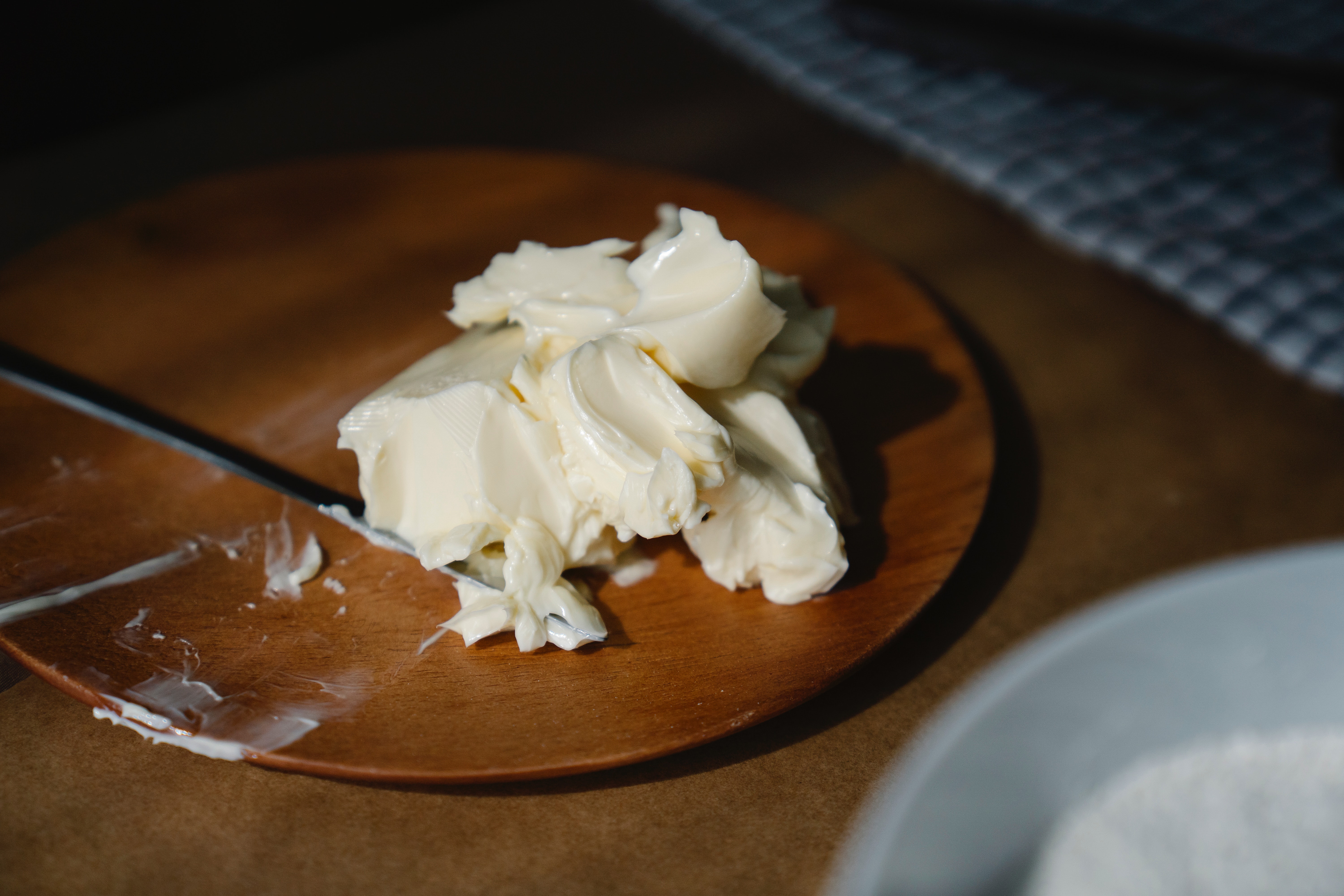
Margarine
Margarine, made from vegetable oils, is a popular option with a similar consistency to butter. Just ensure you choose a vegan-friendly brand without animal products.

Coconut Oil
Coconut oil is another versatile substitute, often used in baked goods for its rich and creamy texture. However, it may impart a coconut flavor.
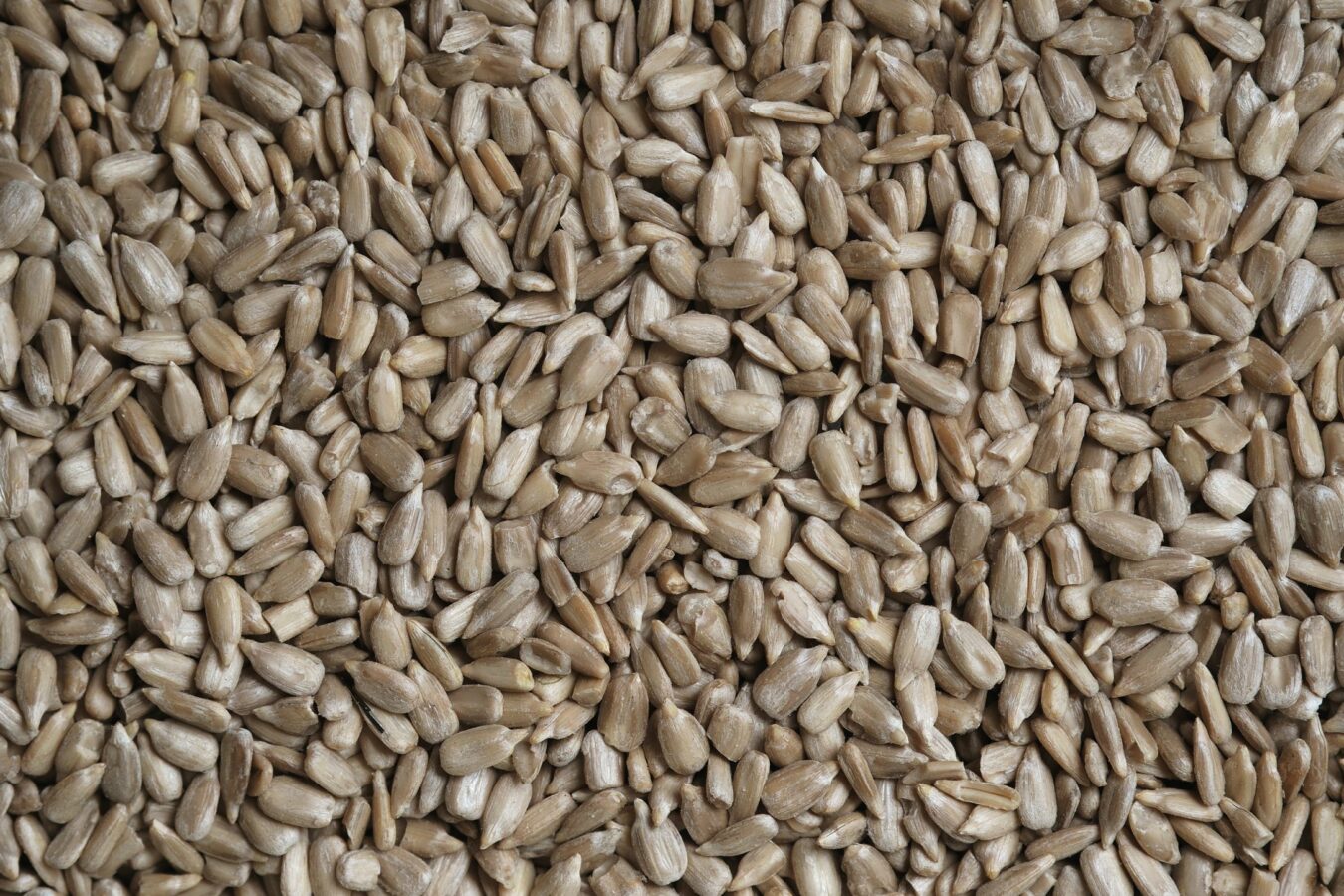
Nut and Seed Butters
Additionally, you can explore various nut and seed butters, like almond, cashew, or sunflower seed, which can serve as spreads or in recipes where a nutty flavor is desired.
How to Use Vegan Alternatives in Recipes
Using vegan butter in recipes is quite easy, as it often serves as a direct substitute for regular butter.
When cooking, vegan butter can be used for sautéing, frying, or greasing pans, just like regular butter. Keep in mind that some vegan butters may have a lower smoke point, so exercise caution when cooking at high temperatures. If needed, you can also mix the vegan butter with a high-heat oil, such as avocado or grapeseed oil.
When it comes to baking, vegan butter can work well as a substitute for most recipes that call for regular butter. It can be used in various baking goods, such as cookies, cakes, and pie crusts. Measure the vegan butter as you would with traditional butter in the recipe.
How Butter Is Made
Butter production starts with separating cream from fresh cow’s milk, typically using a process called centrifugation. This process involves milk being heated to 122°F and then piped into a centrifuge, a large machine that spins the milk to separate the cream from it. Afterward, the cream is cooled to 41°F and stored in a tank until ready for use.
After separation, the cream undergoes a maturation process, often involving pasteurization to eliminate harmful bacteria and ensure consistent flavor.
Following maturation, the cream is churned, either mechanically or traditionally, to agitate fat globules and separate butterfat from the remaining liquid, known as buttermilk. Churning not only breaks fat globules but also encourages fat particle coalescence, creating the butter’s semi-solid state. When butter and buttermilk separate, the butter is removed, rinsed with cold water, or kneaded to eliminate any residual buttermilk.
Finally, butter is then shaped, and, if necessary, salt or other preservatives are added to enhance flavor or color. Once formed, the product is then packaged, stored, and transported under refrigerated conditions to retain its freshness.
Primary Ingredients
Butter’s primary ingredient is cream, the fat-rich portion of milk. Typically, the process involves separating the cream from fresh milk or using fermented cream, a blend of milk fat, water, and milk solids.
Secondary Ingredients and Additives
Some butter may contain salt as a secondary ingredient. This is done to add flavor, while simultaneously acting as a preservative, helping balance the taste and extend the shelf.
However, it is worth noting that not all butter varieties contain salt, and unsalted butter is also made available.
Sourcing and Ethical Considerations
Environmental Impact
The environmental impact of butter production can be significant, especially in terms of greenhouse gas emissions, land use, water use, and pollution. Switching to sustainable dairy production practices or seeking alternatives, such as plant-based options, can contribute to mitigating these impacts.
Labor Practices
Various factors can cause diversity in labor practices in the butter industry. While many dairy farms follow good labor practices, some may engage in exploitative situations. To address these labor concerns, governments, industry participants, and civil society must work together. They should advocate for fair labor laws, monitor and enforce them, and help dairy workers access their rights.
Frequently Asked Questions
Can I substitute margarine for butter in recipes?
Yes, you can substitute margarine for butter in most recipes, especially in baking and cooking. Margarine, like butter, is also primarily composed of fat, but is derived from vegetable oils instead of dairy. However, there are some margarine brands that may still contain traces of animal products or dairy. So it’s important to check the labels and ingredients to ensure your margarine is vegan.
When substituting margarine for butter, be sure to use the same amount specified in the recipe. This will help maintain consistency and texture. However, it is important to note that the flavor may differ slightly, as butter has a distinctly rich and creamy taste that margarine may not fully replicate.
Are there health benefits to using vegan butter alternatives?
Yes, there are some health benefits to using vegan butter and its alternatives. Being plant-based and derived from plant oils, they contain high levels of monounsaturated fats. Some studies show that diets rich in monounsaturated fats can improve heart health, blood sugar, and body weight.
Are there any downsides to using vegan butter?
Yes, there are some downsides to consider when using vegan butter. Similar to other plant-based alternatives like oat milk or vegan cheese, certain vegan butters undergo more processing than others. Some studies have demonstrated that diets high in processed foods often lack essential nutrients and may raise the risk of obesity and heart disease. Therefore, it’s crucial to choose products that contain low amounts of saturated oils and lack artificial additives, such as preservatives, colorings, and flavorings.
Additionally, although plant-based butter serves as a suitable alternative for individuals with dairy allergies or lactose intolerance, it may still contain other potential allergens, such as soy, nuts, or gluten.
It’s essential to carefully examine product labels and ingredient lists, ensuring they contain low amounts of highly refined oils, lack artificial additives, and are free of any possible allergens.
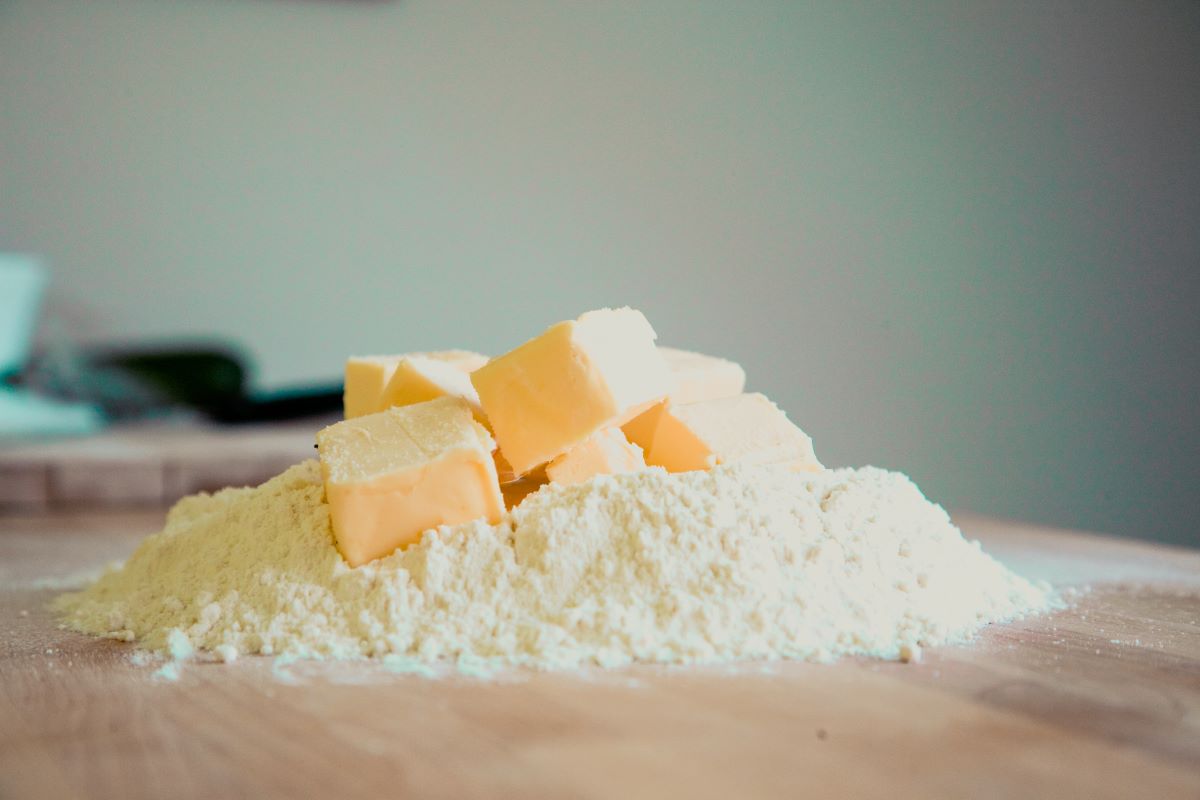
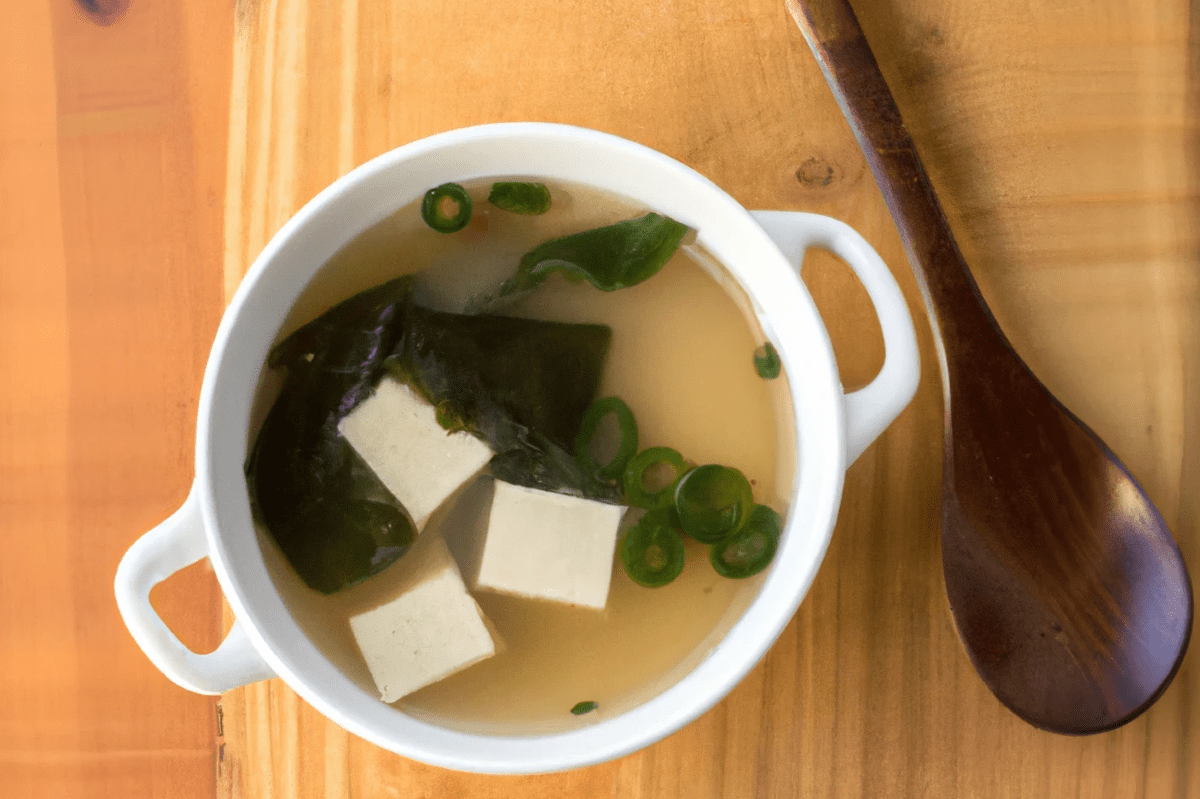
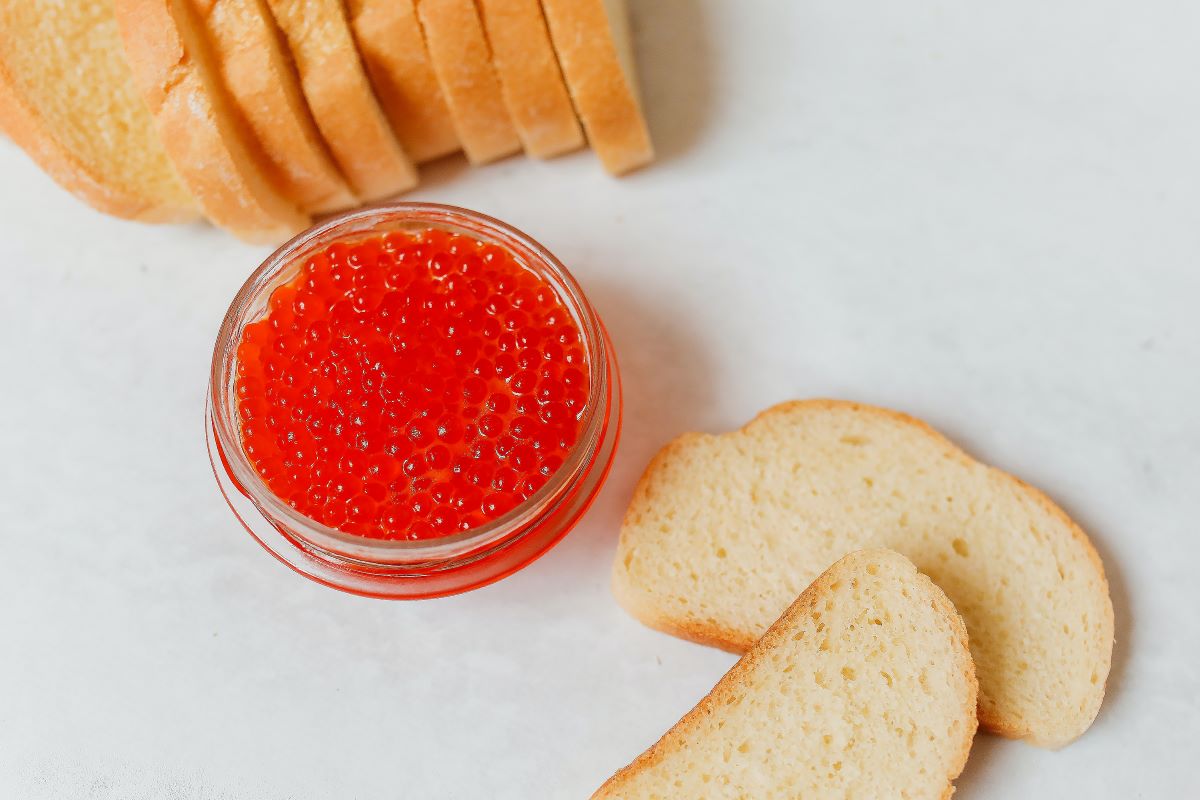

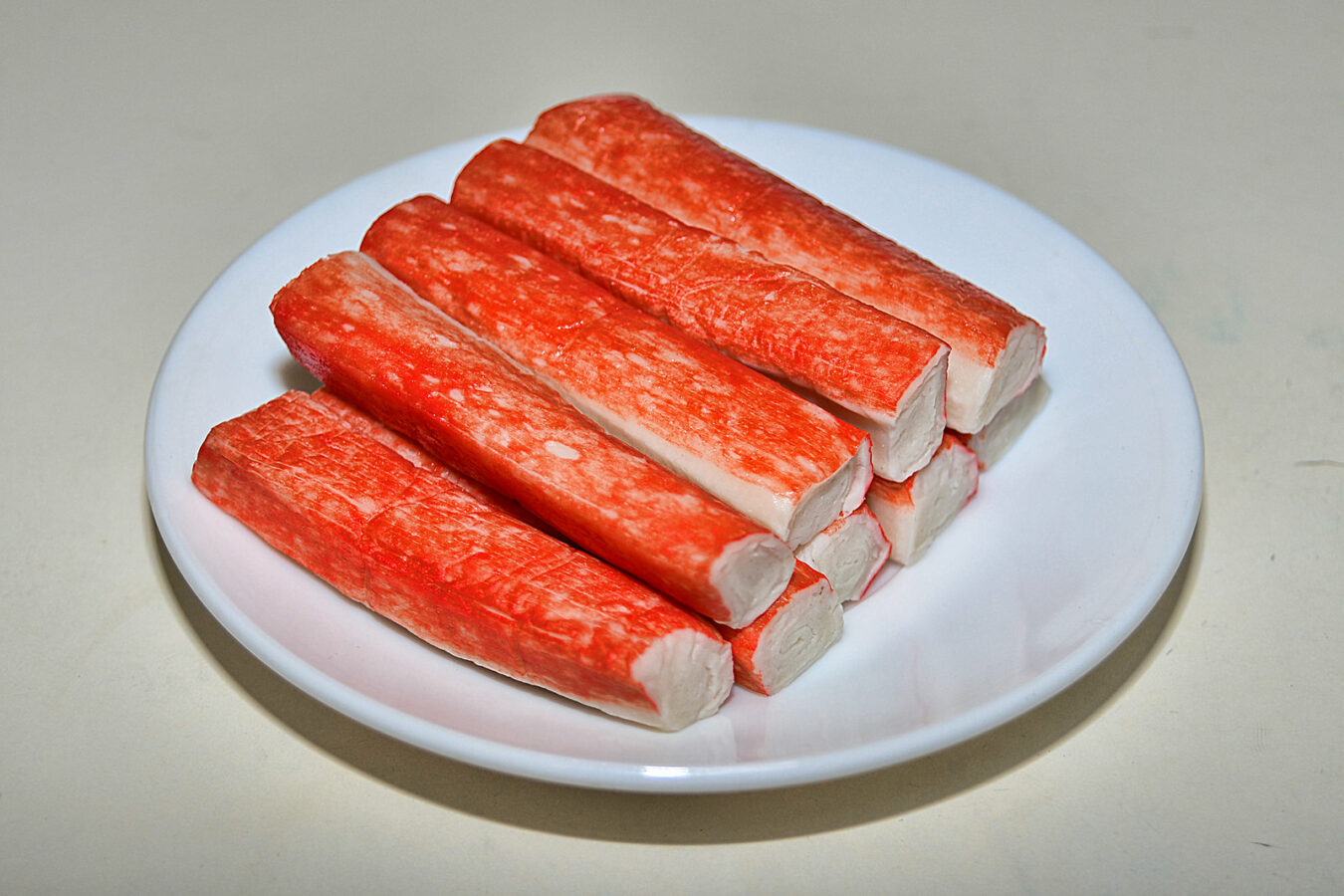
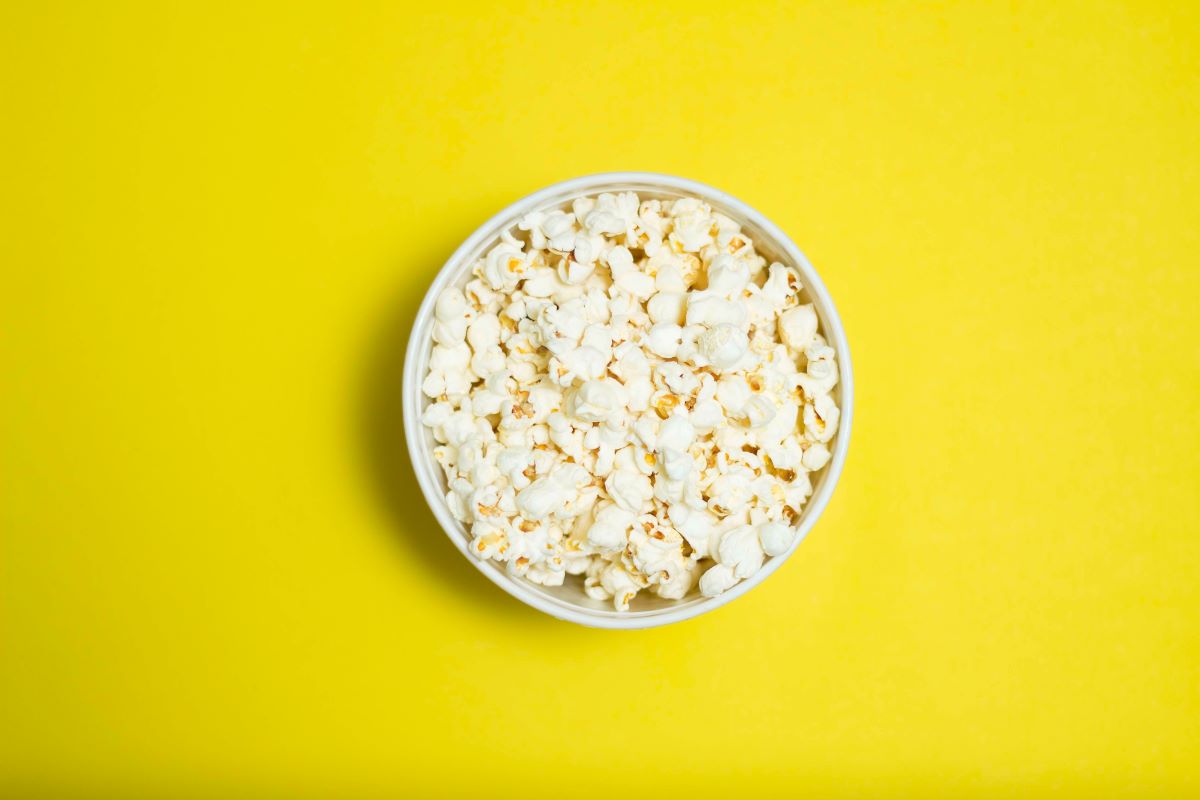


Really good and easy recipe! Thanks for sharing such informative content.